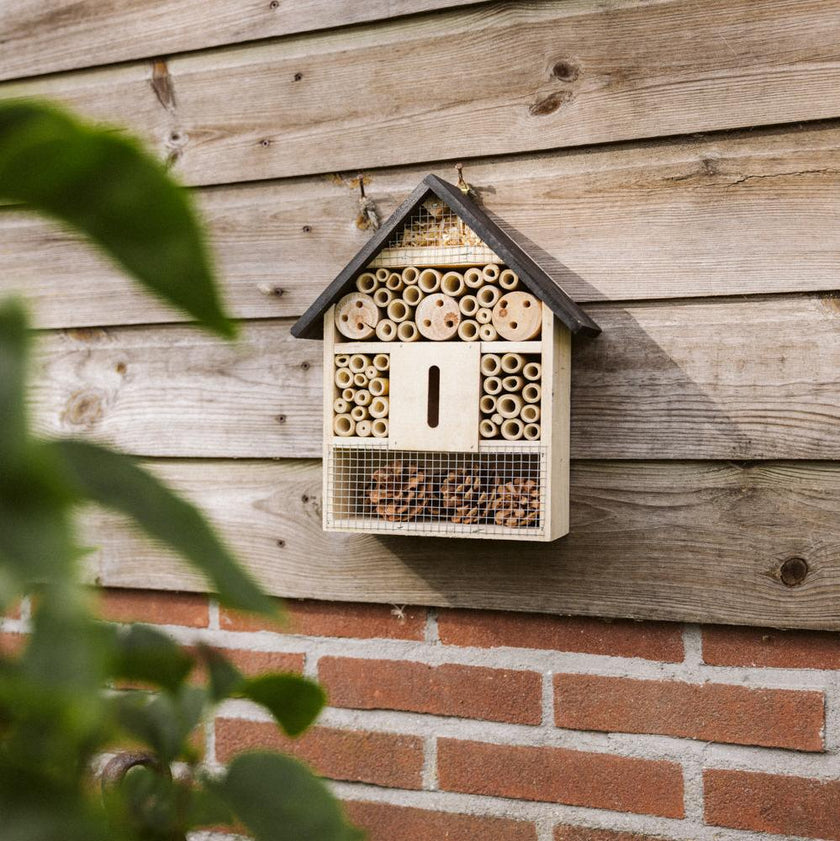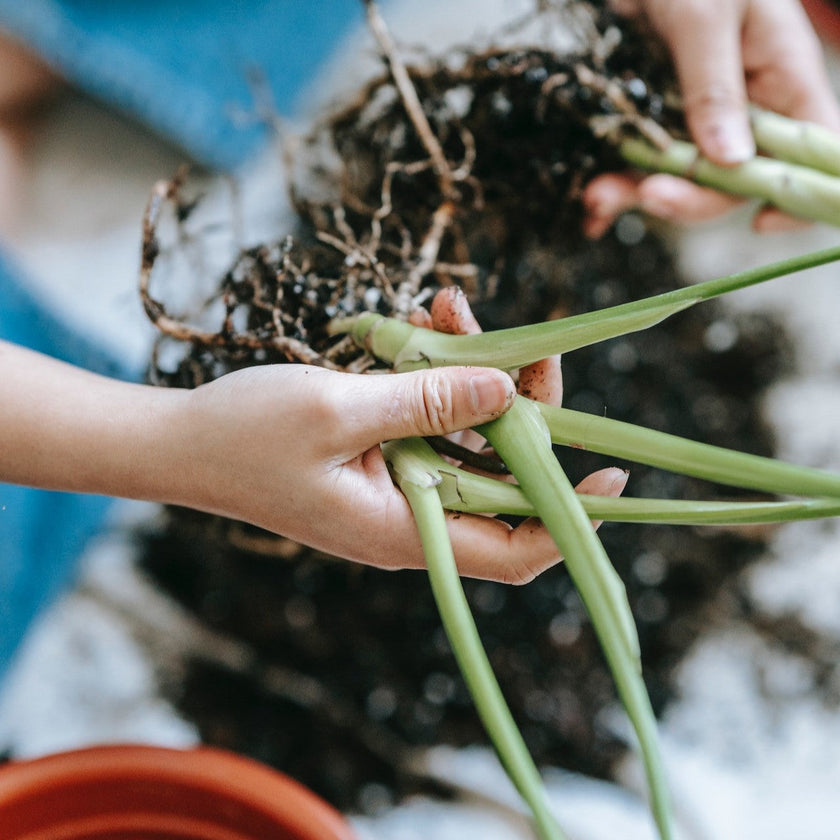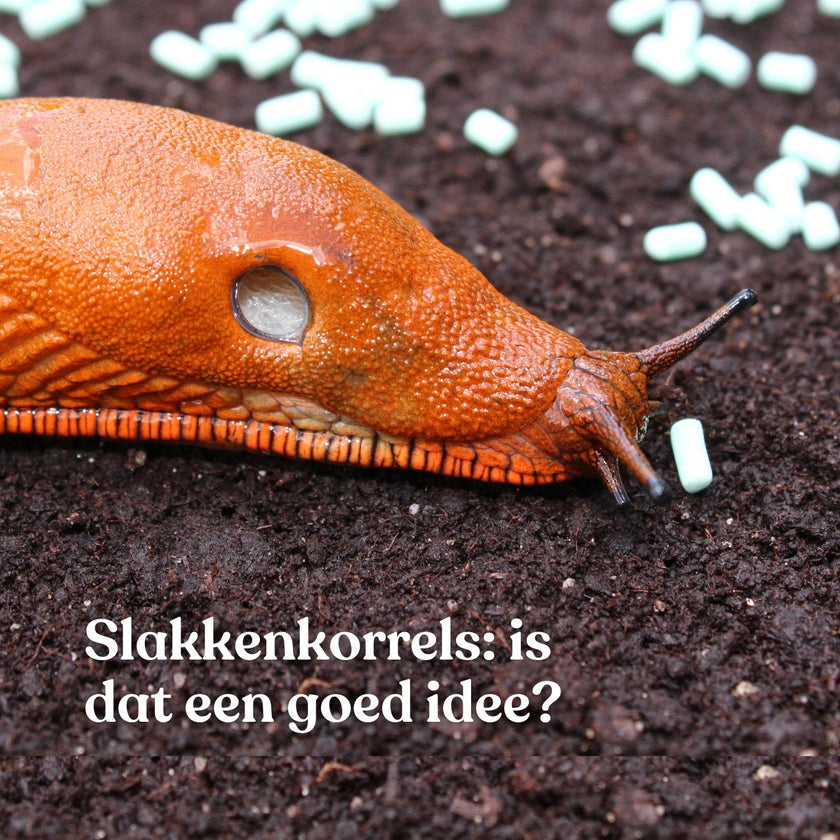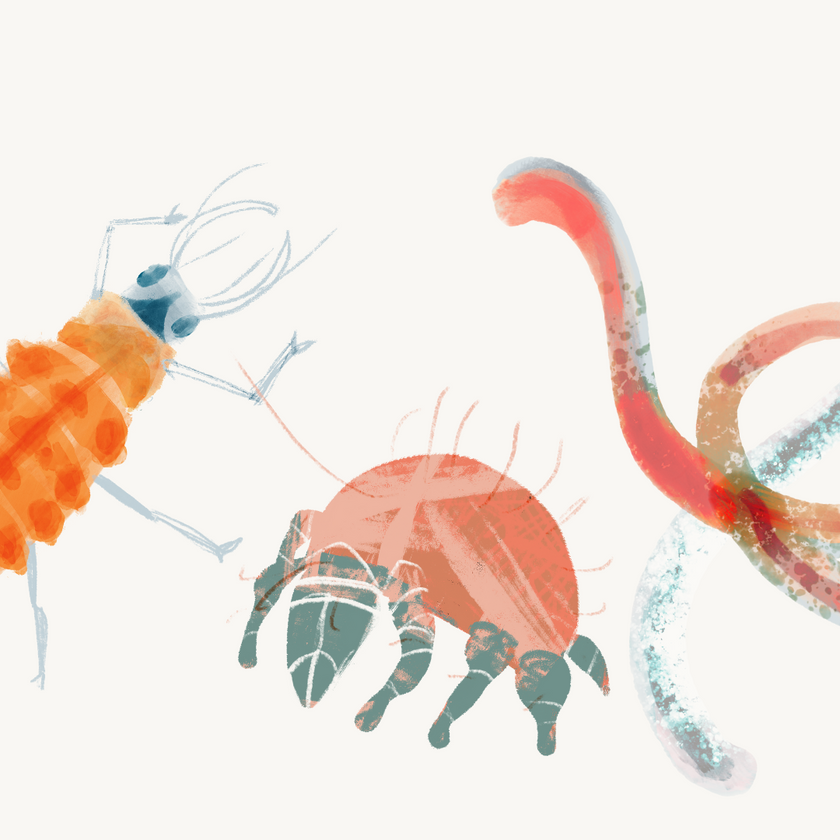
Strawberry. That's all I need to say to make the red-colored delicacy come to mind. You may even be able to taste the sweet taste! It is therefore logical that this fruit has been given its own holiday. But what do we actually know about the strawberry and what role is there for our Heroes? Read our three facts about the coveted strawberry here:
A strawberry and its disguise
Not a fruit but a false fruit . Yes really!
Strawberries mainly consist of a swollen flower base. The fruits of the strawberry are the small seeds that you see and there are on average around 200 per strawberry.
We speak of a pseudofruit when, in addition to the ovary and the ovule, other parts of the plant also help to form the fruit. Consider, for example, the flower base, the sepals or the flowering stem. 'True fruits' form from ovaries after fertilization has taken place. Other parts of the plant do not help with the development of the fruit.
Another example of a false fruit is our yellow friend, the pineapple. More about that on pineapple day...
A strawberry and its techniques
Every strawberry plant is able to fertilize itself using the wind or gravity. Since there is little to no wind in greenhouses, honey bees or bumblebees are used to pollinate the plant. But don't you employ bumblebees now? Then you can theoretically do it yourself by gently moving the pistil and stamens against each other. Voilà, nature has been given a helping hand!
A strawberry and its pests
Like any plant, the strawberry plant is also vulnerable to pests. Thrips & spider mites are two pests that like your vegetable garden full of strawberry plants. It is no unnecessary luxury to preventively protect your strawberry plant with Insect Heroes, such as: Nicus & Persi against spider mites & Irski to prevent a thrips plague.

















































